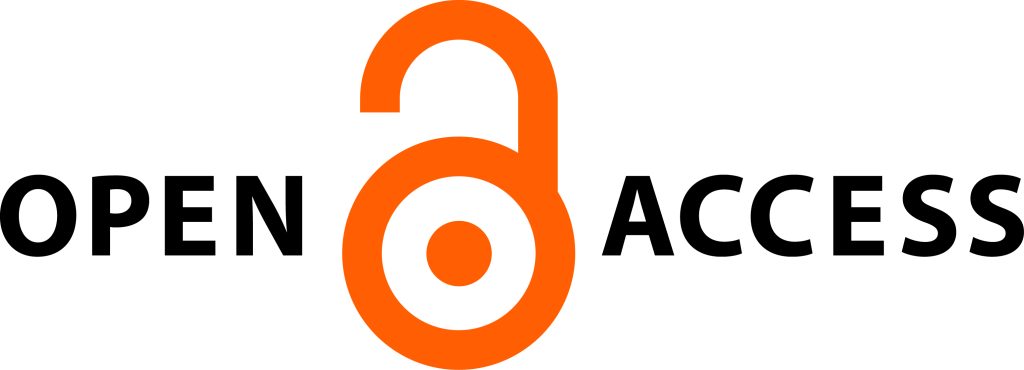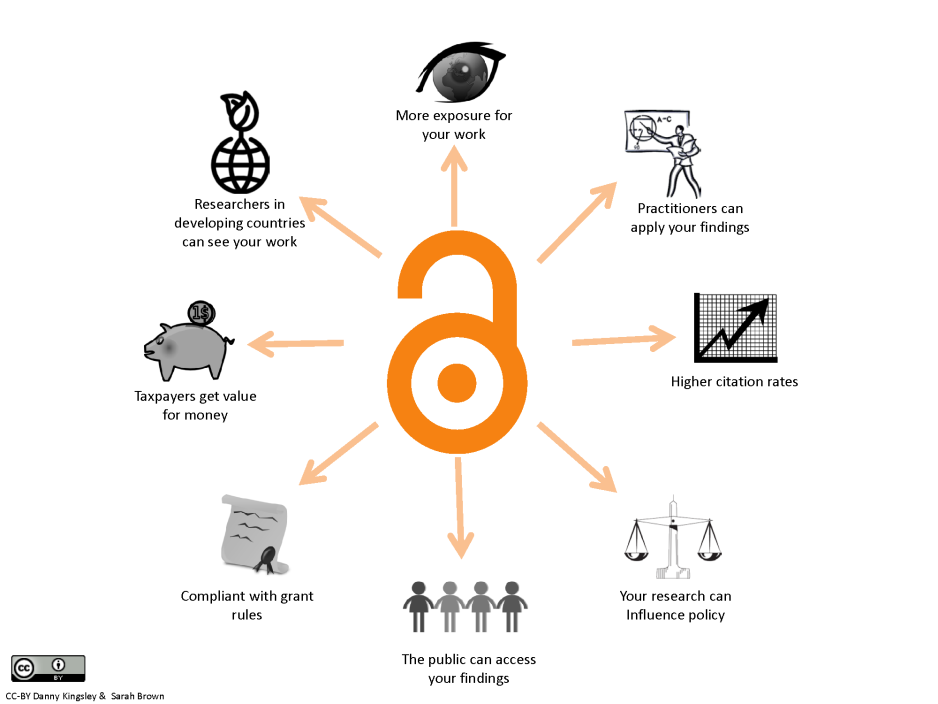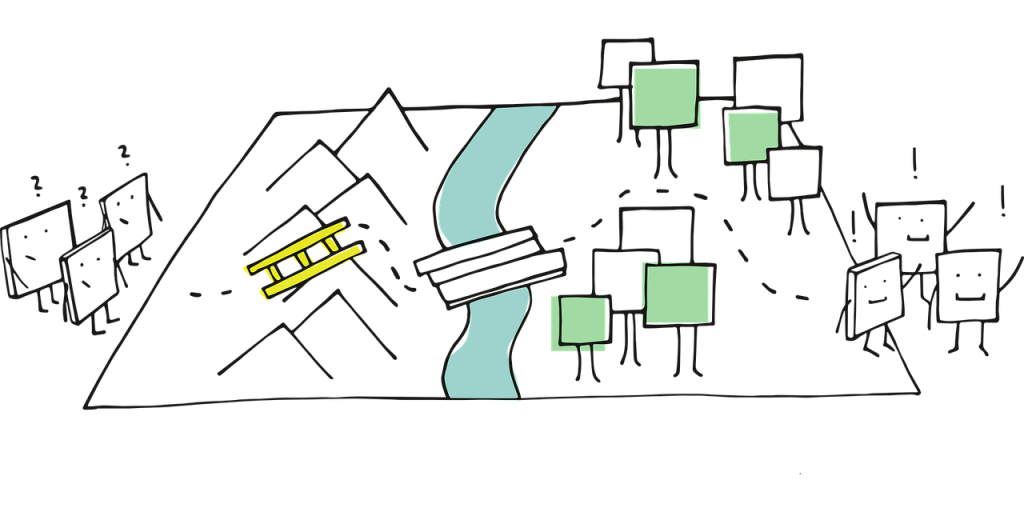In the past few years the term “Open Access” (OA) has gained attention in the worlds of higher education, research, and publishing. With this rise in attention has come a rise in misconceptions surrounding OA. OA is incredibly multifaceted and to truly get a grasp on it, it is best to understand the basics before gaining a deeper understanding.
Back to the Basics
Open Access pertains to e-publications that are online for free public access and that are free of most copyright and licensing restrictions. With this, OA has the goals of (1) providing the public with research free of charge and (2) allowing research to “be analyzed and built upon for downstream innovation and the pursuit of knowledge” through open licensing (Electronic Frontier Foundation). 
OA is often confused with open educational resources (OER). OA and OER are very similar and sometimes overlap, but it is important to distinguish between the two. OER refers to freely accessible materials that are useful for teaching and learning. While OA and OER have the key component of free public access, the biggest difference between the two is the formats they come in and the permissions that come along with them. OA materials are always accessed online unless they have been printed while OER could come in digital, print, or other analog formats. OA materials include scholarly books (including textbooks) and journal articles while OER includes formats such as videos, software, textbooks, and teaching guides. Along with this, OA gives readers the freedom to read, reuse, retain, and redistribute materials.
Understanding the OA Movement
The Open Access movement has been around since the early 1990s, so why has there been a recent surge in the attention this movement is garnering? Like many other issues that have surfaced in the past few years, we have the COVID-19 pandemic to thank. At the start of the pandemic, as it became apparent that this was something that the world had never really seen before, the need for information about the disease became immediate. Authors and publishers began putting scholarly works online to help educate the public and contribute to ongoing research being done (Tavernier, 2020). As the pandemic forced schools to migrate online, there also became a greater need to support virtual learning. This forced publishers to make textbooks, eBooks, and other scholarly works available through OA either permanently or temporarily in order to support these needs. This work in openly sharing research and information and essentially collaborating for the greater good, highlighted the benefits of OA and opened up a world of possibilities for the future of research and education outside the realm of the pandemic.
Who Benefits?
While Open Access may seem like it only benefits researchers, there are several main stakeholders involved, including students, instructors, researchers, and libraries.

- Students. Students are one of the biggest benefactors of OA. Open Access makes it possible that no matter what an institution can afford in terms of subscriptions, students can have full access to scholarly works for their educational needs. Whether a student is just starting their academic career and writing a research paper or finishing their PhD dissertation, they are able to access the information they need. OA textbooks are also beneficial for students. When OA textbooks are used for classes instead of purchased or rented textbooks, students have the potential to save a lot of money.
[NOTE: The University Libraries wants to know about the textbook experiences of our students. Students are welcome to share their textbook experiences through this feedback form.]
- Instructors. Instructors can use OA textbooks for classes and the advantages of doing that may include locating an open access textbook that is more current than a traditionally published textbook on the same topic; eliminating the task of placing orders with the campus bookstore; and demonstrating sensitivity to their students’ wallets.
- Researchers. Researchers also benefit greatly as OA allows for the advancement of research and higher visibility of publications. Researchers are able to become more productive through OA as they are able to easily access both new and old research which they can cite and build on with their own work. Researchers also become more visible as there is the potential for more people to view works that are freely available. This helps to account for quality assurance as the more people that view and cite a work the more people there are analyzing it. It also can help keep publications from being plagiarized for if a publication is free it makes it easier to find and the more people that are familiar with a publication the harder it becomes to plagiarize (Scholarly Publishing and Academic Resources Coalition).

Benefits of Open Access Publishing (CC-BY, Danny Kingsley & Sarah Brown) - Libraries. Academic libraries fund access to journals through “Big Deals.” These Big Deals are contracts that offer institutions journal subscription bundles at prices that over time have become unsustainable for most libraries. The desire for more control in their investments and the need for greater budgetary cuts has called some academic libraries to cancel these deals (Cooper & Rieger, 2021). For example, in 2019 University of California (UC) ended its contract with Elsevier, one of the world’s largest and most profitable academic research publishers, after not being able to come to an agreement with them. In 2021, negotiations reopened and UC signed a four year Open Access agreement with Elsevier which is the first of its kind. This landmark agreement cost UC $13 million, which is 7% less than their previous subscription agreement and will give people all over the world access to their research (Kell, 2021). Furthermore, academic libraries can find material outside subscription services through various OA platforms such as the Directory of Open Access Journals (DOAJ), the Open Textbook Library, the Internet Archive, and HathiTrust. Having fewer print subscriptions means that library space can be freed for other purposes such as study space and/or digital scholarship labs.
Hurdles for OA
While Open Access offers many benefits, it comes with some challenges as well.
- Funding. To have Open Access resources, libraries must have funding to publish such works. Often, libraries pay for or help to pay an article processing charge (APC) that allows authors to publish their works OA. These charges can build up quickly and can be rather expensive. As seen in the case of UC and Elsevier, making OA publishing agreements and maintaining repositories or accessing journals for these works is rather expensive. UC is an extremely large public institution that is funded mostly by the public and that has a steady stream of research being done by members of its community. With this, the OA model of research access is sustainable for the institution. For smaller institutions without such funding it is much harder to afford and maintain OA publishing.
- Lack of OA policy. Generally, there is a lack of OA policy in academic libraries. Libraries typically have formal written policies pertaining to library collection development and maintenance. OA is often still seen as being relatively new, extremely multifaceted, and rather unstable. With this, it could be that lack of policy stems from best practices for OA not yet being established or the fear of the ever changing state of OA in the scholarly field (Dubnjakovic et al., 2021). Either way, this lack of a universal understanding surrounding OA in a library could have consequences for how it is used in library services and resources and therefore, in establishing OA as a standard source of information.
- Perception of OA as ‘less’ scholarly. Many faculty members in higher education are reluctant to embrace Open Access because they have the misperception that not all OA works are peer reviewed and the unsupported belief that free content is of poorer quality than content that has a price. Faculty may be surprised to learn that OA publishing often follows the same procedures as traditional publishing. Their misperceptions are reinforced by their university, if the university does not recognize OA publications in their tenure and promotion process.

The Future of OA
Even though the Open Access movement has progressed and significantly picked up steam over the years, there is more to be done as many issues within OA, such as open data or author rights, are evolving. Nevertheless, the road ahead for integrating OA publications into library collections and into classroom use is exciting and full of possibilities.
References
Cooper, D. M., & Rieger, O. Y. (2021, June 22). What’s the Big Deal?: How researchers are navigating changes to journal access. Ithaka S+R. https://doi.org/10.18665/sr.315570
Electronic Frontier Foundation. (n.d.). Open access. Retrieved October 18, 2022, from https://www.eff.org/issues/open-access
Kell, G. (2021, March 18). UC’s deal with Elsevier: What it took, what it means, why it matters. University of California. https://www.universityofcalifornia.edu/news/ucs-deal-elsevier-what-it-took-what-it-means-why-it-matters
Scholarly Publishing and Academic Resources Coalition. (n.d.). Big Deal tracker. Retrieved October 18, 2022, from https://sparcopen.org/our-work/big-deal-knowledge-base/
Tavernier, W. (2020). COVID-19 demonstrates the value of open access: What happens next?. College & Research Libraries News, 81(5), 226. https://doi.org/10.5860/crln.81.5.226
